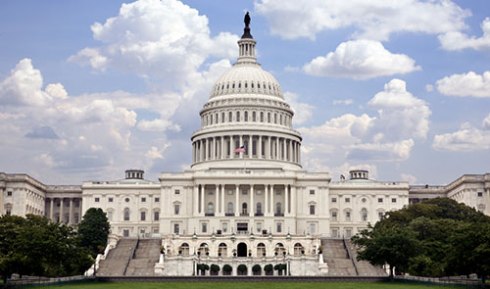
The company Amazon seems poised to one day take over the world. Whether it’s the ability to shop for virtually whatever we want in our underpants, or their newest innovation of trying to bring same day delivery of goods, Amazon never ceases to amaze. By venturing into green items, the firm is looking to bring a whole new shopping experience to those conscious of the environment.
The new site will be called vine.com and aims to provide only the most environmentally friendly goods to your household. The company’s mission statement is to, “[e]xamine and scrutinize the claims made by each supplier and manufacturer so that, when adding a product to their basket, consumers can enjoy peace of mind that a purchase really is organic.”
Here is a screenshot of the website:

As you can see, the site offers a variety of products, ranging from household to grocery items. That being said, we have seen some attempts by companies to make sustainable shopping easier and more convenient. One such example is Green America which, “…[i]s designed to help consumers source locally produced produce.” So what makes vine.com so different? Well, being that it is the brainchild of amazon.com, you know quality and customer satisfaction are assured. Based on its past successful ventures and ideas, the firm seems only to expand its business when the concept is right and can benefit a majority of people. My experiences with the parent site have only been positive, and it is safe to assume that I will expect the same kind of experience when I use vine.com. The fact that the site will have a dedicated team to making sure all of its products are environmentally friendly is both assuring and a sign of how far the green movement has come. With the help of vine.com, purchasing sustainable products will be even easier, and now with the added benefit of being able to do it in our favorite pair of Hanes.
Source: http://www.nydailynews.com/life-style/amazon-launches-vine-a-site-green-consumers-article-1.1170591#ixzz27oWhvXbj





